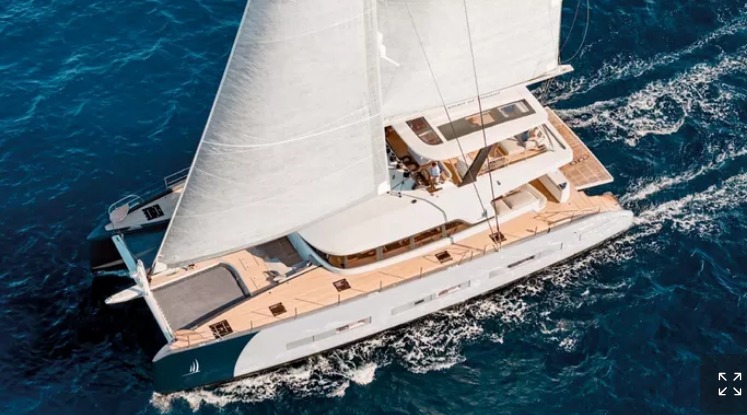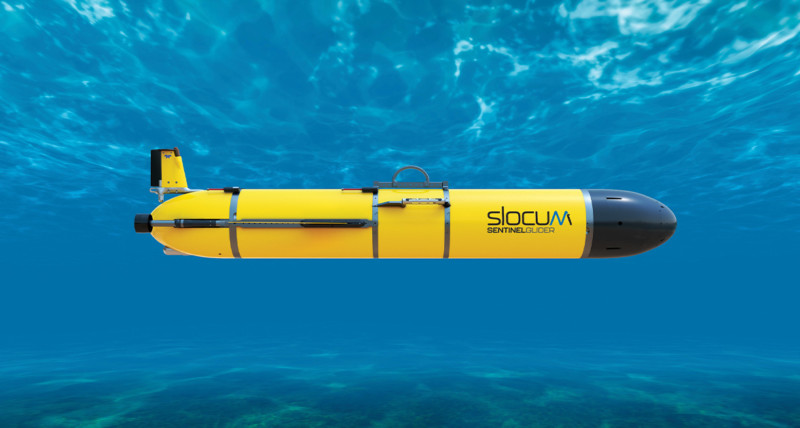In recent years, aquaculture has exploded in this landlocked country, passionate about fish. This affordable and local supply also helps reduce imports from China.

Simple and effective. In this Yalelo store, there is nothing more than a large scale and a long refrigerated tray, similar to those in supermarkets. On their bed of ice, dozens of fresh fish wait for customers. On this late November evening in Kafue, a town 45 km south of Lusaka, women, mostly, are buying their dinner or the next day’s meal. Wearing gloves, they choose their tilapias, a freshwater species popular in the region, and then have their catch weighed on the scale.
The kilogram costs 64 kwachas, or just over 2 euros. « It’s not expensive, » says 38-year-old Nambela Namwila, a regular customer and mother of two. « Each week, I give them fish once and chicken once, » adds this hotel employee. Following her, Duminga Machipisa, 28, has made fried fish the specialty of the small restaurant she runs nearby. « A lot of people love fish, I have to make sure I always have some, » she says.
Despite being landlocked in southern Africa, more than 600 km from the ocean, Zambia is rich in rivers and lakes – including the massive Kariba, formed by the construction of a dam on the Zambezi River – and fish is a favorite food. Unlike many African countries, its consumption is higher than that of chicken.
In this regard, « Zambia is very special, » notes Samanta Mapfumo, project coordinator at the Zambian office of the German cooperation agency GIZ. « Among malnourished people, 60% of the animal protein consumed comes from fish, which is very high, » she continues, adding that this food is also a source of fatty acids: « So it makes a big difference if you help malnourished people gain access to it. »
Less polluting than meat
Malnutrition in Zambia is among the highest in the world, according to the World Food Programme (WFP), with 48% of the population not receiving the minimum required daily calories, and 35% of children under 5 years old experiencing developmental delays as a result.
In the face of this scourge, the Food and Agriculture Organization of the United Nations (FAO) advocates for the development of farmed fish across Africa: it is cheaper and less polluting to produce than meat, and its production levels are still minimal compared to other continents. The fish sector in Africa, dominated by Egypt, has grown by 455% since the year 2000, but this figure highlights a massive delay: Africa accounts for less than 2% of global production and has the lowest per capita consumption in the world, according to the FAO’s « State of Fisheries and Aquaculture 2024 » report.
In Zambia, amidst the depletion and increased protection of wild fish, local production has more than tripled over the past decade, rising from 13,000 tons in 2012 to over 45,000 tons in 2020, according to the FAO. This surge has been driven by both private actors and, on a smaller scale, development programs and NGOs. For instance, GIZ has trained about 1,900 small-scale farmers in the rural Luapula province (north) to farm fish in small ponds for their own consumption. The organization has also worked on small artisanal fish farms in the eastern part of the country.
However, the bulk of the increase has come from farms like Yalelo. The local leader set up shop in 2011 on the shores of Lake Kariba, the world’s largest artificial freshwater reservoir, home to a few fish farmers. Wearing a life jacket, one reaches their floating cages by inflatable boat – large circular buoys supporting large nets where the fish grow for ten months in winter and six months in summer. When fully matured, the entire cage is pulled to the shore, and the fish are immediately stored in ice as they come out of the water. Less than thirty-six hours later, they are sold in one of the 75 stores across the country – a freshness that the company prides itself on.
“The tilapia will feed Africa,” says Ulric Daniel, CEO of Yalelo in Zambia (the company also operates in Uganda). When Yalelo arrived, he recalls, the market was dominated by frozen fish imports, primarily from China. Importers “thought they were untouchable,” says the South African-Dutch citizen. “Today, consumer preference has shifted from frozen tilapia to fresh tilapia, to the point where importers struggle to maintain their market share” even though their products are slightly cheaper. This local supply also creates jobs and reduces imports in a country struggling with a shortage of foreign currency.
Indeed, aquaculture in Zambia faces challenges. The country was severely impacted by a historic drought in 2024, which had wide-ranging consequences on daily life and industries. Yalelo managed to continue operating in the lake by moving its cages further out, but its energy costs soared, as did the costs of feeding the fish (primarily maize, soy, and local chicken and fish byproducts).
Facing this, the consumer, already on a tight budget, has also experienced a decline in purchasing power during this challenging period. « We cannot pass on the additional costs we’re incurring, so we’ve reduced our margins, » explains Ulric Daniel. « In a way, we’re subsidizing until consumers can get back on their feet. »
Another industry player points out that aquaculture in Zambia has grown so rapidly that a « saturation » has occurred, forcing companies into a « price war. » « But that’s part of developing a market, » this expert says, remaining optimistic about the future. « We believe tilapia will help feed Africa due to its price competitiveness. » And while Zambian businesses are currently struggling, he adds, « the one who’s smiling right now is the consumer. »
Source: Le monde



